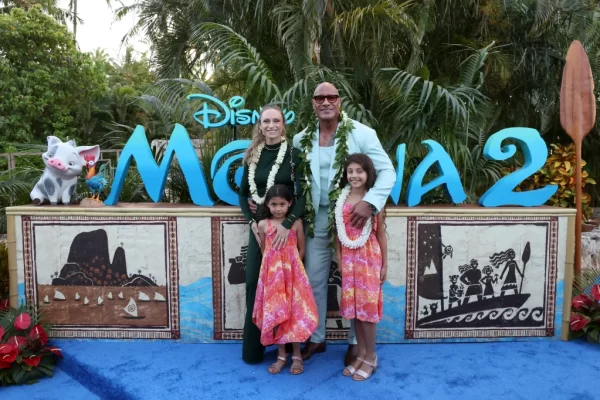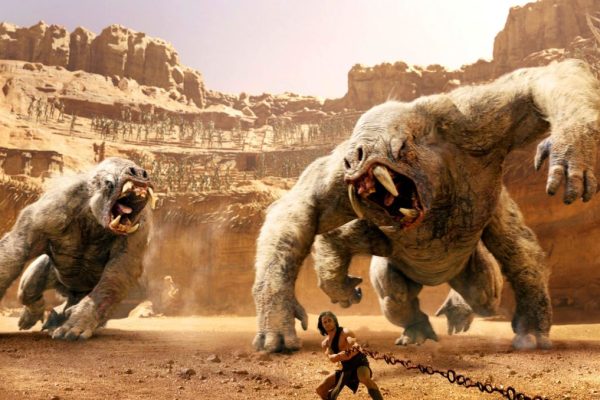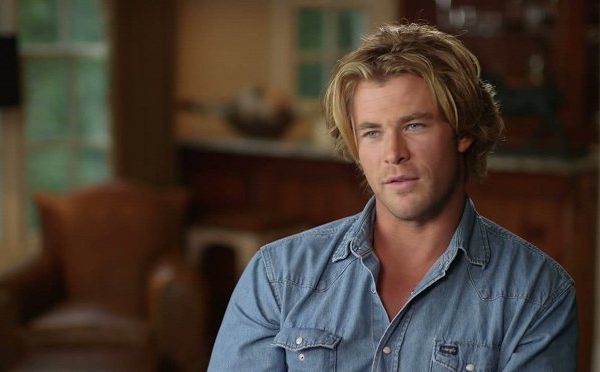
Dwayne Johnson’s Daughters Make Their Debut in Moana 2: What We Know About Their Roles
In a heartwarming family affair, Dwayne Johnson’s daughters, Tiana and Jasmine, are set to make their big-screen debut in Disney’s highly anticipated Moana 2, lending their voices to new characters that are sure to bring even more magic to the sequel. Fans of the original Moana will be excited to see not only the return of beloved characters but also a fresh crop of new faces that add depth to the already rich world of Oceania. Here’s a closer look at the Johnson family’s involvement and the details surrounding the roles of his daughters in this action-packed sequel. A Family Affair: Dwayne Johnson’s Daughters Join Moana 2 Dwayne Johnson’s youngest daughters, Tiana (6) and Jasmine (8), are making their voice acting debut as part of the Moana 2 cast. The two girls, whom Johnson shares with his wife Lauren Hashian, will voice the “Moana-Be’s,” a pair of young residents of Motunui who idolize Moana and dress just like her. In an adorable twist, these characters also share a playful rivalry with the demigod Maui, voiced by their father, which adds a delightful layer of fun and innocence to the film. Their inclusion in the film was made even more special through behind-the-scenes footage shared by Johnson on his Instagram, where he proudly showcased the recording process with his daughters. Johnson captioned the post with his trademark enthusiasm, expressing how much fun they had together in the studio. This family moment will surely make the experience even more memorable for the Johnson family as they bring their energy and personality to the screen. Moana’s New Adventure and the Growing Cast Moana 2 picks up three years after the events of the first film, with Moana having traveled the seas, charted the world, and searched for new people, though her efforts have been in vain. When an expedition opportunity presents itself, Moana embarks on a new journey to find a hidden island, break a curse, and reunite the people of Oceania. As with the original film, the sequel will continue to explore Moana’s ambitions, courage, and connection to her ancestors, with plenty of new challenges along the way. In addition to Tiana and Jasmine’s cameo roles, the sequel introduces several new characters and key voice talents. Khaleesi Lambert-Tsuda will voice Simea, Moana’s 3.5-year-old sister, adding a layer of familial warmth to the storyline. Awhimai Fraser will voice Matangi, the film’s secondary antagonist, whose attempts to thwart Moana’s mission will serve as a driving force for the plot. Meanwhile, the legendary storm god Nalo remains a mysterious force, and fans are eager to see how his story will unfold. Fans will also be treated to the return of Auli’i Cravalho as Moana, alongside other original characters, including Maui (Dwayne Johnson), Pua, Heihei, and the Kakamora pirates. The familiar faces, combined with the exciting new characters, promise to make Moana 2 a thrilling continuation of Moana’s adventures. A Glimpse Behind the Scenes One of the most exciting aspects of the Moana 2 release is the chance to see the Johnson family collaborate on a project that’s close to their hearts. Dwayne Johnson’s social media posts have shown off playful moments between him and his daughters, including shots with a life-size replica of Maui’s iconic fishhook. Fans have speculated that this same prop could be used in the upcoming live-action Moana film, currently in production and set for release in 2026. While Moana 2 is still fresh in fans’ minds, the live-action remake has already stirred mixed reactions, with some wondering if the timing is too soon for another interpretation of the story. However, with Johnson reprising his role as Maui and bringing his family into the fold, it’s clear that both the animated sequel and live-action remake will offer something special and unique to fans. What to Expect in Moana 2 As Moana and her crew embark on this new expedition, viewers can expect the same heartwarming themes of adventure, identity, and resilience that made the first film so beloved. Moana’s relationship with her ancestors, her courage in the face of adversity, and her deep love for her island home are likely to remain at the heart of the story. Additionally, the sequel promises more exploration of Oceania’s rich culture, vibrant landscapes, and unforgettable characters. The addition of Dwayne Johnson’s daughters to the Moana 2 universe is just one of many ways that the franchise continues to evolve, keeping the magic alive for both new and returning fans. Whether you’re excited to see more of Moana’s journey or just can’t wait to hear the “Moana-Be’s” adorable voices, the sequel is shaping up to be another blockbuster hit for Disney. Moana 2 is set to hit theaters on November 25, 2024, offering fans a fresh adventure filled with heart, humor, and the same stunning animation that made the first film a worldwide sensation.


